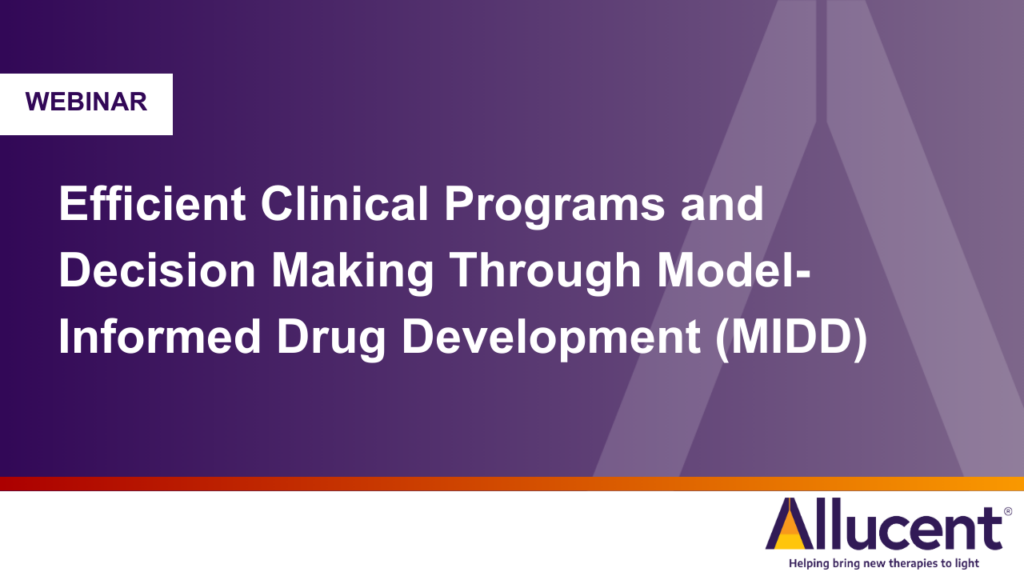Paving the Way for Safer, More Effective Treatments for Children

By Jessica Roberts PhD, MSCI, Director and Head Quantitative Translational Pharmacology Developing safe and effective drugs for children has long been a challenge for drug developers. With the need to cater to a wide range of ages and sizes, pediatric drug development requires precise and innovative approaches. Our infographic highlights the transformative role of pharmacokinetic […]
Risk Assessment of Novel Neurotherapeutics: Mechanistic Translation of Preclinical Safety and PK/PD Data to a Clinical Setting
Risk assessment is a complex process intended to protect human health. In drug development, this process includes identifying drug candidate-related hazards in relationship to dose and exposure via traditional in vitro and in vivo frameworks. Nonclinical studies in pharmacology, pharmacokinetics and toxicology are designed and conducted under conditions that closely mimic the clinical setting to facilitate proper risk assessment. The introduction of […]
Fast-Tracking Drug Development: Role of Mechanistic PK/PD Modeling

By Neha Bhise (Associate Director, Clinical Pharmacology), Soha Freidy (Pharmacometrician I), and Jessica Roberts (Director, Pharmacometrics) Mechanistic pharmacokinetic (PK)/pharmacodynamic (PD) modeling is a quantitative approach that has been successfully used to identify potential for success across various stages of drug discovery and development. These models are useful to distinguish characteristics of promising compounds from those […]
Balancing Act in Preclinical Development: Strategies for Assessing and Managing Neurotoxic Risks in CNS Therapeutics

By Marcus Delatte (VP, Regulatory Strategy), Alison Wakeford (Scientist), Devin Welty (VP, Clinical Pharmacology), and Rachel Rozakis (Sr. Clinical Pharmacologist) Background Central Nervous System (CNS) disorders are typically severe and may produce various behavioral, anatomical, and physiological changes in millions of patients, which complicates developing effective therapeutics and managing product-related neurotoxicity. Therefore, careful attention should […]
Efficient Clinical Programs and Decision Making Through Model-Informed Drug Development (MIDD)

Efficient Clinical Programs and Decision Making Through Model-Informed Drug Development (MIDD) Join Alex MacDonald, VP Model-Informed Drug Development, on how MIDD can help your clinical trials.
PBPK Modeling for Pediatric Drug Development
Watch to learn more from our A-Team on PBPK modeling for pediatric drug development.
What is Pharmacodynamics?
By Rachel Rozakis, PharmD, Clinical Pharmacologist II and Ben Kennard, MS, CPMS Intern Pharmacodynamics (PD) is the study of how drugs affect the human body given their mechanism of action. In contrast, pharmacokinetics (PK) is the study of what the body does to the drug and describes information about ADME: absorption, distribution, metabolism, and excretion. PK […]
What is Pharmacokinetics and ADME?
By Rachel Rozakis, PharmD, Clinical Pharmacologist II Pharmacokinetics (PK) is the study of how a drug moves throughout the body and provides important information on the systemic exposure to the drug over time. Conversely, pharmacodynamics (PD) describes what a drug does to the body, meaning, the pharmacologic response that occurs when a drug has reached […]
Understanding How PK Data and CDISC Work Together
The “Clinical Data Interchange Standards Consortium” (CDISC) is a not-for-profit organization that develops data standards for drug development. CDISC works with global regulatory agencies to develop guidelines and requirements that influence the standards for both clinical and nonclinical study data. Standard CDISC formatting guidelines help enable a more efficient submission and review process by providing […]
Common Clinical Pharmacology Mistakes to Avoid in Drug Development
Drug development is a complex process where clinical pharmacology data must be generated to support regulatory approval and marketing authorization. Each drug program has unique challenges and special circumstances, but programs often make the same types of mistakes. These mistakes can range from simple errors to large missteps that can threaten a drug’s chance for […]
